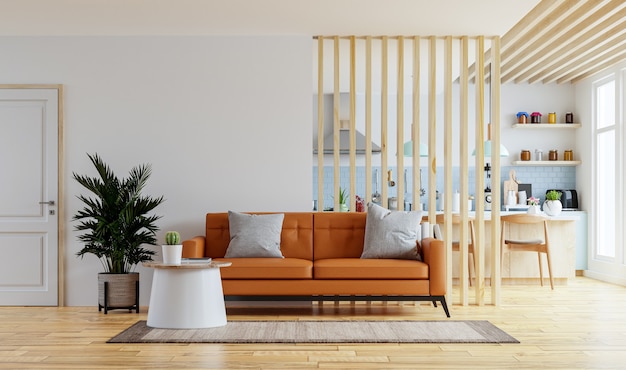Choosing Between Daybeds and Regular Beds: A Comprehensive Guide
When decorating your home, one of the pivotal pieces of furniture you'll consider is undoubtedly the bed. But among the vast selections available, daybeds and traditional beds stand out for their unique benefits and design aesthetics. This blog post delves deeply into the nuances of each, helping you decide which bed type suits your lifestyle, space requirements, and design preferences.
What is a Daybed?
A daybed is a piece of furniture that can function both as a bed for sleeping and as a sofa during the day. Characterized by its open design on three sides, daybeds are typically positioned against walls or placed at the foot of other larger furniture. Here are some key characteristics:
- Versatility: Perfect for small spaces or as additional seating in living areas.
- Design Flexibility: Often comes with trundles for an extra sleeping surface or storage underneath.
- Aesthetic Appeal: Provides a chic, vintage, or modern look depending on the frame and upholstery.
What is a Regular Bed?
A regular bed, including everything from twin to California king sizes, is primarily designed for sleeping. Here’s what you can expect:
- Purpose: Exclusively for creating a comfortable sleeping environment.
- Types: Platform, adjustable, canopy, sleigh, among others.
- Support: Comes with a box spring or a sturdy foundation for mattress support.
Space Considerations
If space is at a premium, here's where each option shines:
Daybeds for Small Spaces
You might find daybeds particularly engaging if you're short on space:
- Dual functionality means once space for two pieces of furniture.
- Often less bulky than regular beds, allowing for better room flow and additional furniture placement.
- Ideal for studio apartments or small guest rooms where multifunctionality is key.
Regular Beds in Spacious Rooms
Conversely, with more space:
- A dedicated sleeping area establishes a clear demarcation, crucial for larger homes.
- Accommodates larger mattress sizes, enhancing sleep comfort which is especially beneficial for couples or those needing more space.
- Allows for the addition of nightstands, dressers, or other bedroom furniture.
Comfort Versus Functionality
Comfort of Regular Beds
The comfort aspect of regular beds can't be overlooked:
- Special mattress options like memory foam, latex, or hybrids for tailored sleep experiences.
- Orthopedic or posture-support beds for health benefits, particularly for those with back issues.
- The option for luxurious bedding, thicker mattresses, and customized headboards.
Functionality of Daybeds
Daybeds offer a different kind of comfort:
- Allows for lounging and reading during the day without needing to leave the bedroom area.
- Can be easily converted into different configurations - a sofa, a bed for one or two, or even with a trundle for guests.
- Some models offer built-in storage, seamlessly blending form with function.
Interior Design and Aesthetic Appeal
Regular Beds for Statement Design
If aesthetics are paramount:
- Regular beds offer a canvas for more elaborate bedroom interiors, from ornate headboards to matching bedroom sets.
- Fosters a traditional bedroom setup that can be curated for different themes like modern, classic, minimalist, or even maximalist.
- Enhanced by statement lighting, wall art, and bedding, providing a holistic design experience.
Daybeds for Space-Savvy Design
Where uniqueness and adaptability are the goals:
- Introduces an element of surprise; a living room can morph into a guest room effortlessly.
- Provides design fluidity, accommodating both relaxation and sleep in one setting.
- Complements eclectic or modern minimalistic designs where functionality doesn't detract from style.
Considerations for Different Lifestyles
Single Lifestyles
Single individuals or those frequently accommodating guests might lean towards:
- Daybeds for their dual-purpose nature, especially if space or frequent guest stay-overs are common.
Families and Couples
For families or couples:
- Regular beds are likely more suitable, providing ample space for quality rest which is crucial for family dynamics.
- Superior comfort options cater well to differing sleep preferences.
Pricing and Investment
Initial Investment
Here's how investment varies:
- Daybeds might sometimes be cheaper upfront, especially if considering multifunctionality and basic materials.
- Regular beds can range from budget to luxury based on the mattress, bed frame, and additional bedroom accessories.
Long-term Value
The long-term view:
- Daybeds might offer savings if you're moving often, needing versatility.
- Regular beds invest in sleep quality, which could lead to better health and potentially lower medical expenses over time.
Conclusion
Choosing between daybeds and regular beds hinges on assessing your lifestyle, the available space, your design tastes, and even your financial planning. Regular beds offer unparalleled comfort and design flexibility for dedicated sleeping environments, while daybeds are the epitome of multifunctional living, perfect for the space-conscious and those who prefer adaptable living spaces. Reflect on your daily routines, potential guests, aesthetics, and comfort needs to make the choice that's right for you.


